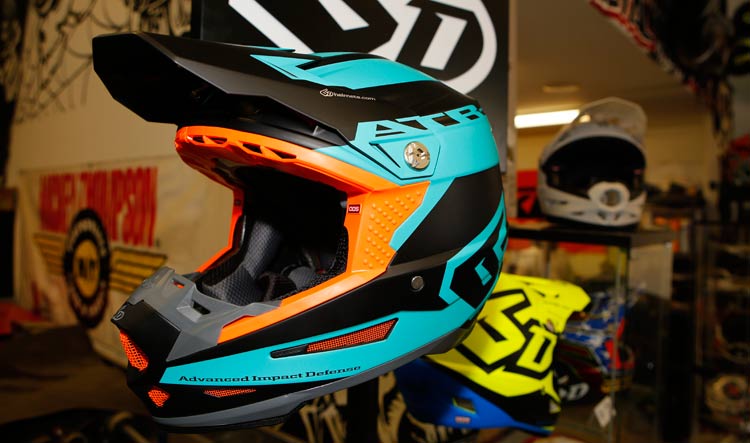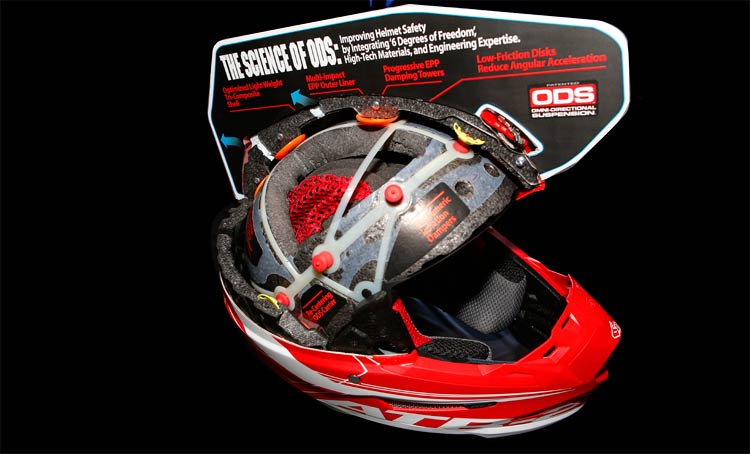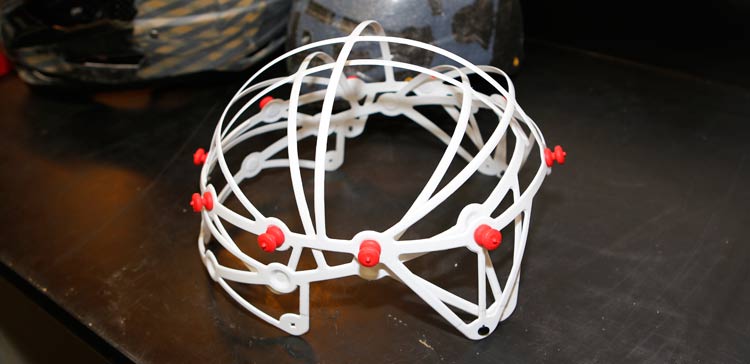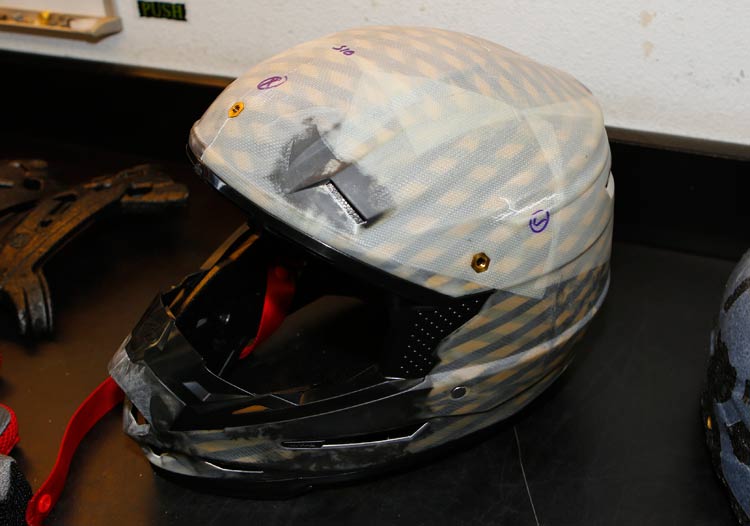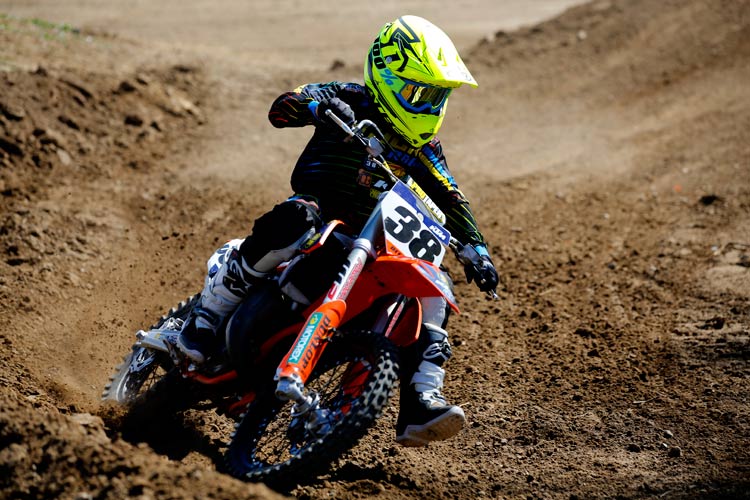6D’s All-New ATR-2 Brain Protection
It was not too many years ago that we all thought that if it said “Snell approved” it was safe. In 2013, 6D helped created awareness regarding head and brain protection that off-road and motocross riders and racers never really thought of in great lengths and created the first ATR-1 which, according to 6D, is still an industry leader compared to the competition. Yet instead of waiting for others to build the better mousetrap, they kept their head down and continued to make it better. Even the NFL/GE/Under Armor, and NIST recognized their advancements in helmet technology by awarding several grants to further refine 6D’s already proven tech.
6D just announced an all-new helmet for 2018, the ATR-2 at Brian Deegan’s compound. The protection has been further advanced, not to mention the look and pretty much every part except for the D-ring for the strap and screws that hold the visor, for example. 6D is calling it the “Next Level in Brain Protection.” And we all know that you can break a leg or an arm but there is not much you can do if you break your brain. The new tech takes the patented (ODS) Omni-Directional Suspension as well as several other patents to another level and incorporates new advancements including outer multi-impact EPP liner, replaceable inner EPS liner, progressive EPP damping towers, low-friction sliding disks, isolated dampers, and 30% more travel in the ODS.
So what does this all mean? There is a lot of tech inside a helmet that only a few years ago was just EPS foam and a liner inside a fiberglass shell. Since the ATR-1, the goal was to further improve impact protection, rotational forces, and what they call linear and angular acceleration mitigation. In a sense, the ATR-2 is essentially a helmet suspended inside a helmet. During an impact, the outer liner is separate from the inner liner except for the ODS and low-friction disk connections, and the combination of the two displace and absorb forces during a crash.
In addition to the impact absorption, the new ATR-2 has strengthened the brow area of the helmet, increased impact absorption in the rear base of the helmet in what they call the (cervical protection zone), and has a thicker EPP lined chin bar for added impact protection in the jaw area.
What is also a new option is the ATR-2 can be easily rebuilt by 6D since the inner liner was designed to be removable as a one-piece unit. This service will be easier and more cost-effective compared to the ATR-1. As long as the shell has not been compromised, the ATR-2 can live again, even if the inner EPS liner has been compromised in a crash.
There were a lot of charts and graphics at the introduction that show the value of the new ATR-2 compared to some of the competition in several types of tests including linear and angular acceleration impacts at multiple durations. According to 6D’s presented data, their new design outperforms the competition (not specifically stated) and Multi-directional Impact Protection System (MIPS) equipped helmets.
Although the new ATR-2 has been improved, the original ATR-1 will still be available and the price point will be reduced to $525 suggested retail. 6D says the original ATR-1 is still a class leader in protection compared to what is currently available, except for the ATR-2. The second-gen lid will keep its current suggested retail price of $695.
We are glad that 6D helped elevate the awareness and variety of impacts a motocross or off-road rider can encounter and how important it is to avoid or minimize concussions to the brain. Although safety has also been a priority to the major players in the helmet industry, we think 6D helped accelerate the awareness and technology to help mitigate or avoid potential concussions.
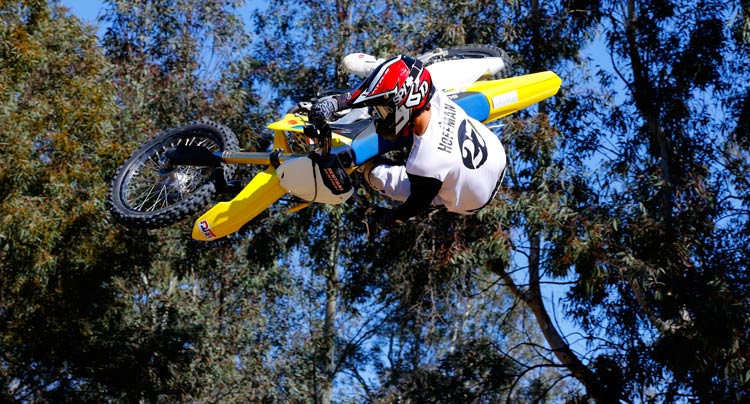
DBT got the chance to ride with the new lid and they are very comfortable thus far but we did not get a chance to test their impact protection just yet. They come in a variety of new color schemes and should be available in March of this year.
